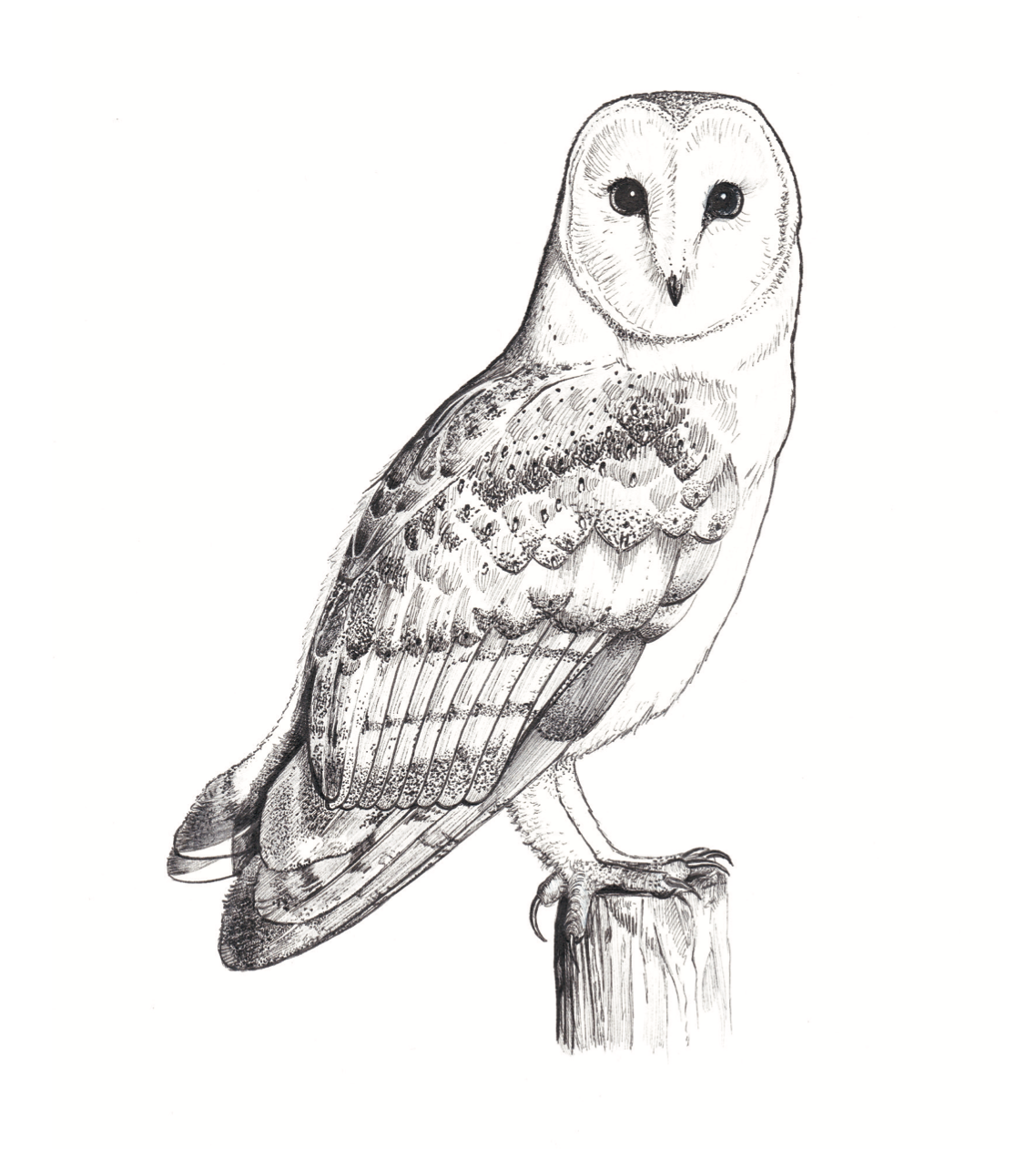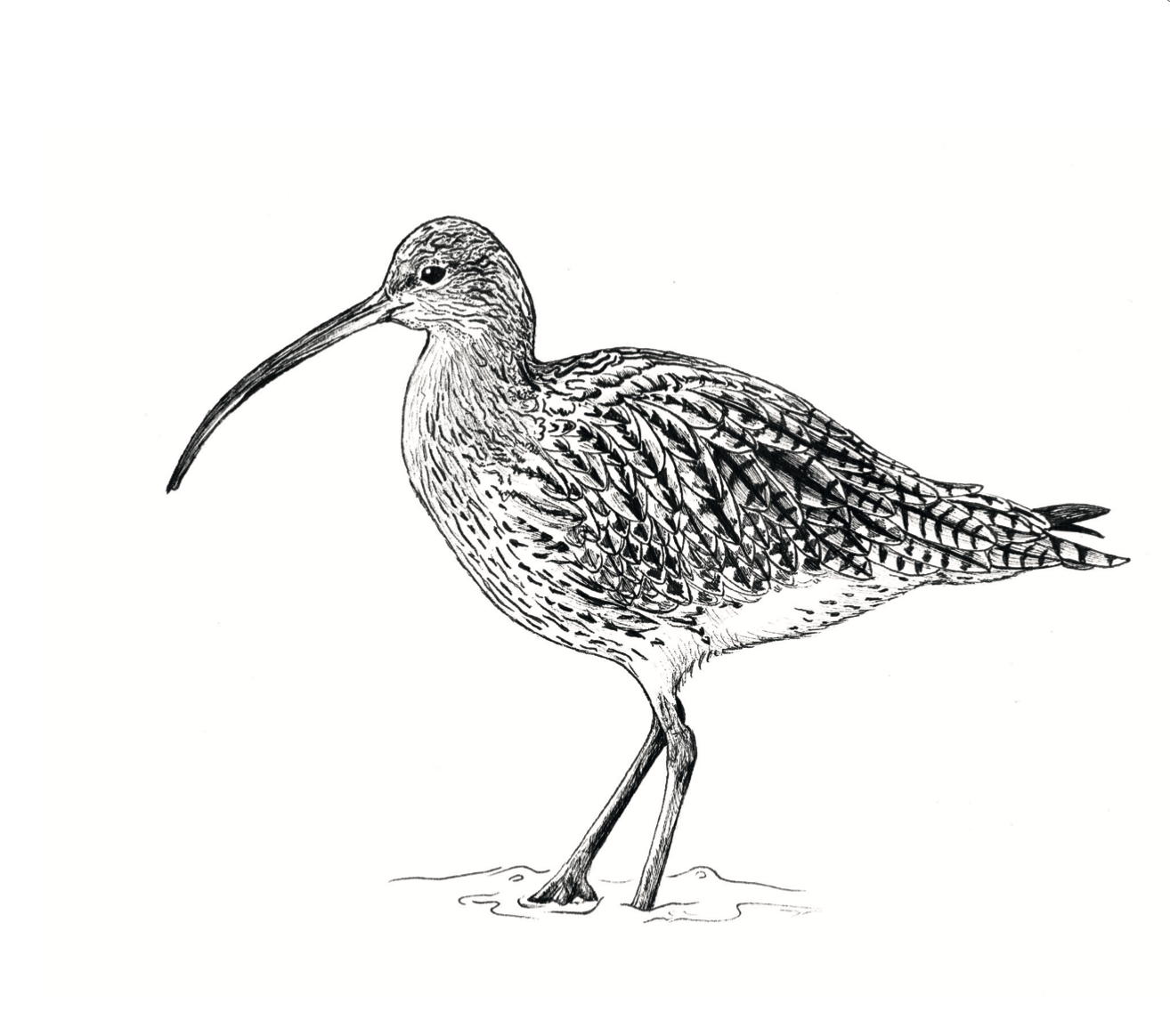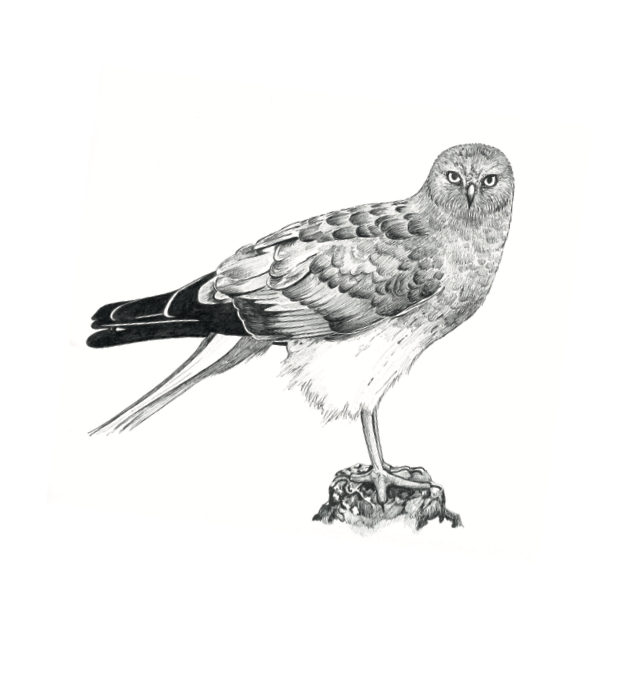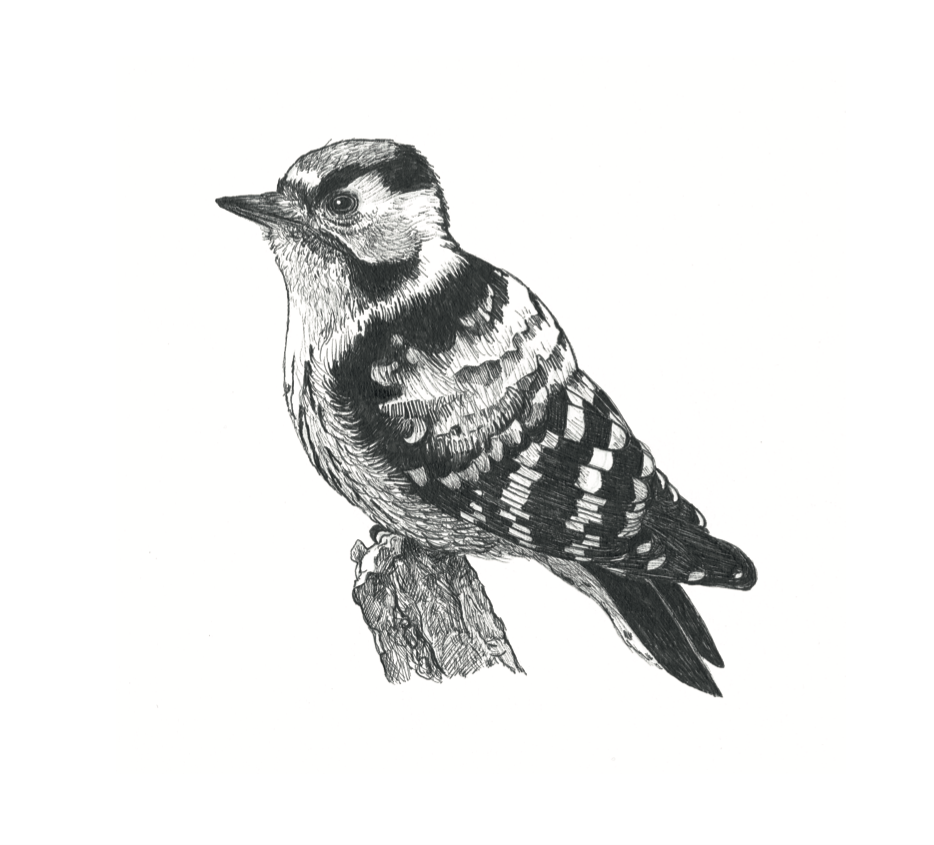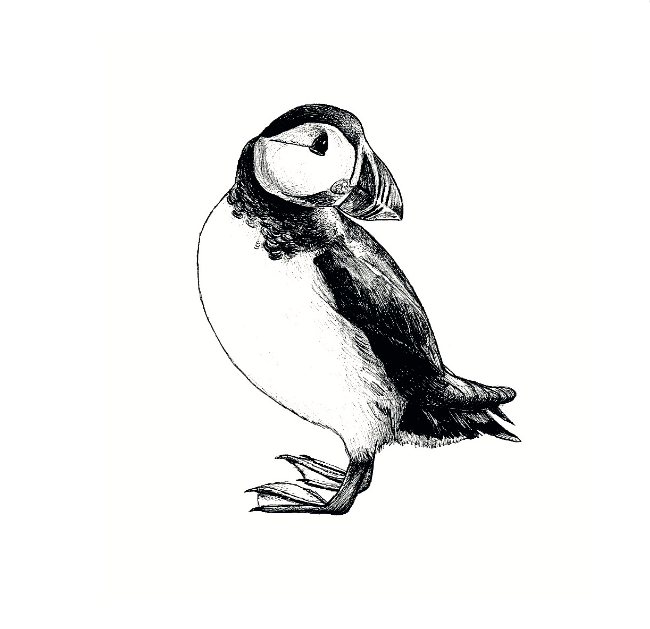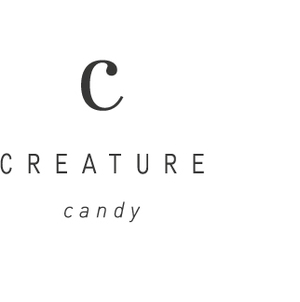By Jeni Bell.
Photo: Adrian Pingstone
The days here start and end with rooks. Swirling black shapes that make their homes in the tall pines above where we live. Each morning they stir with the growing light, calling to one another before heading out to the surrounding fields to forage. I see them throughout the day, perching in pairs on the thin phone lines, or communing in their parliaments around cold, grey puddles. The slam of a door, or a bang from a workshop sends them eddying en masse; an endless spiral lifting skyward. They are quite confident around humans though and they don’t vanish when I open the door, or head out to hang up the washing. Instead they fly up to shed roofs and surrounding hedges and watch curiously.
I can’t help but nod at them now, greet them as I pass. And I like to see them in the evenings, all flocking back together to the line of trees at the bottom of the field. Settling in for the night. Their calls softer, quieter, almost contented.
When we first moved here, beneath the rookery, I was overwhelmed by the noise. They are not quiet creatures, even when the majority are away scavenging there is still some squabbling from those left behind. But now, after a few years of being here, it is part of the background, and only noticeable in its absence – which is rare. The rooks are always around.
There is one who is much tamer than the rest. He doesn’t flinch in my presence but instead sits and watches intently with two elderberry eyes and an inquisitive head tilt. Rooks are part of the corvid clan, a group of birds renowned for their intelligence and celebrated for their ability to problem solve. Scientists have set up experiments to test their cleverness, encouraging the use of tools to get hard to reach food. Ours have a canny ability to get into the big bins here and scatter the contents as they rummage for something to eat. Although they aren’t the only culprits, I’ve often seen jackdaws and magpies doing the same thing.
A jackdaw. They can be distinguished by their silvery sheen on the back of their heads, and their pale eyes.
I used to get corvids all mixed up (apart from the magpie and the jays who have distinctive and easily distinguishable feathers). Their black shapes are easy to confuse, but since living here beneath the rookery I’m starting to get better at identifying them.
Members of the Corvidae family.
Crows are all black and solitary, jackdaws are smaller with greyer plumage, little black caps and glassy eyes, they sometimes mingle in here at the rookery. Rooks themselves are bolder, favouring sociable groups, with a grey, almost gnarled looking beak. Their feathers aren’t really black like crows, they have a much more iridescent look to them – almost the same colours as an oil spill in the right kind of light.
Watching them is an easy way to pass the time, and with their rich folk history and presence in countrylore, I don’t think I’m the only one who found that. Rooks have been watched for centuries. People often turned to them to predict the weather – if they built their nests high then we were in for a good summer. Or if the rooks stayed close to their nests during the day then bad weather was expected, if they fly far then it’s going to be fine. I find myself now, one eye on the rooks the other on the clouds; testing predictions and yes, on those downpour days there are often plenty of bedraggled birds nearby.
It’s also said that the presence of a rookery is good luck, however, should they leave then it is considered an ill omen for the owners of the land. Whilst we don’t own this patch here, I’m certain it would be bad luck if they left, because their company is now a great comfort to me; these clever beings with the ability to predict the weather.
The light is now beginning to dull, and the silhouettes of the pines are denser, more defined, and ready again to be occupied by the chatter of birds. The haphazard nests of sticks are currently empty, but it won’t be long before their avian owners arrive. As the weather’s been fine today, they have been out across the fields scattered like seed, but the fine black thread weaving its way across the horizon marks their impending arrival.
Mug in hand I open the door, my afternoon ritual, a cup of coffee and a chance to welcome the rooks home for the night.
Find more from Jeni:
Check out our bird designs!
